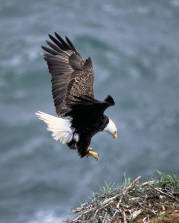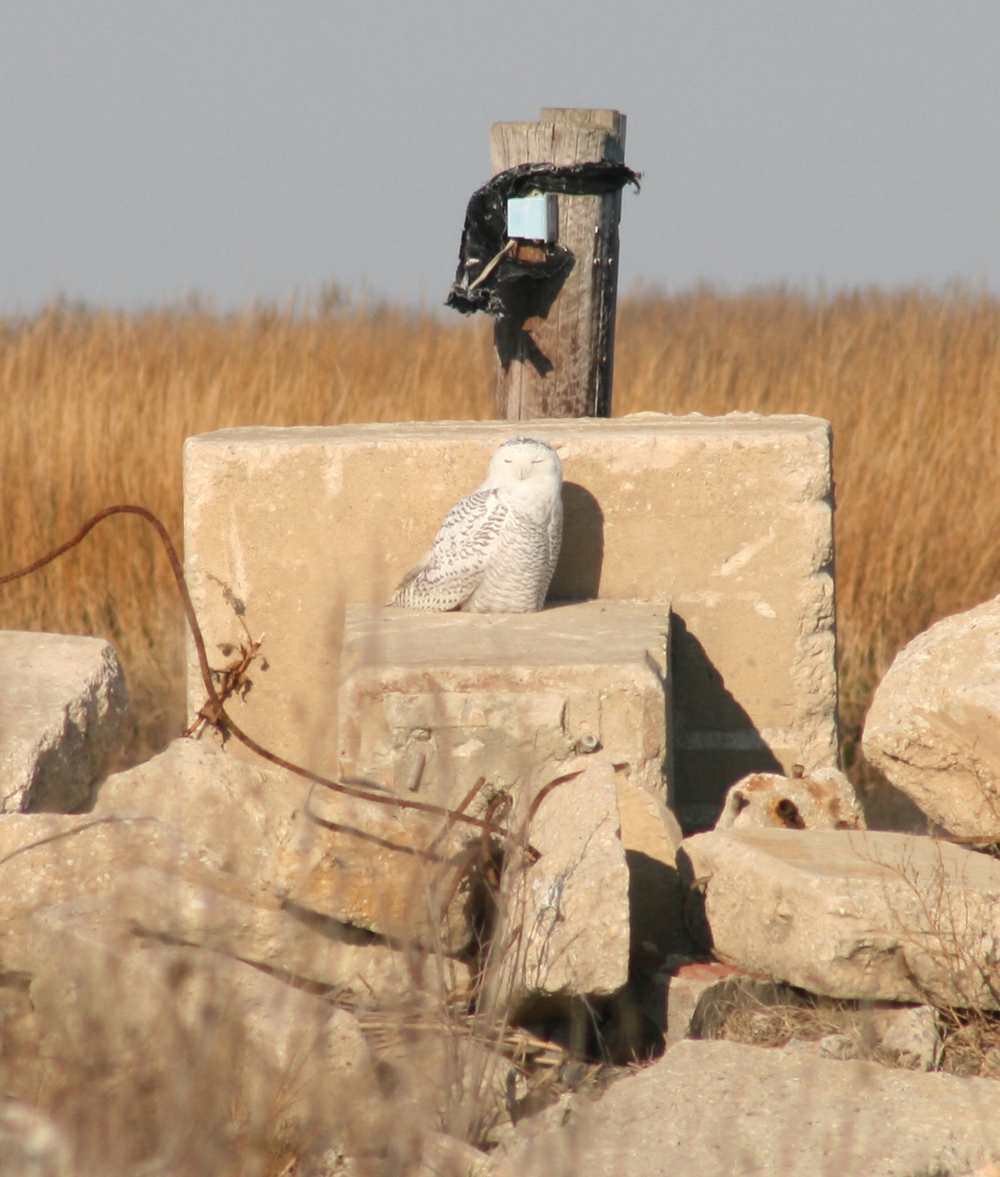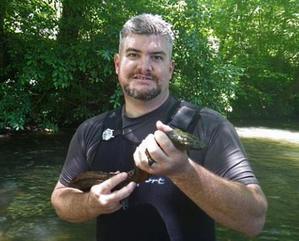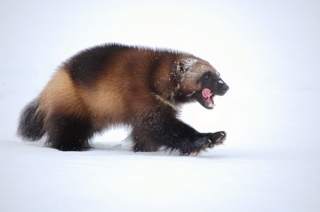This week’s newsletter will go out on Christmas Day. While there has been plenty of wildlife research news this week, I’m going to have to catch up next week or in the new year.
Wishing you the best of the holiday season.

This week’s newsletter will go out on Christmas Day. While there has been plenty of wildlife research news this week, I’m going to have to catch up next week or in the new year.
Wishing you the best of the holiday season.
The US Fish and Wildlife Service’s National Conservation Training Center has dozens of free webinars on topics of interest to wildlife managers. Wildlife Disease News Digest pointed out these two as being particularly helpful:
You can find the latest and greatest webinars, here.
Or, you can find a list of the whole collection, here.
Seven scientists have been appointed to be spokespeople for their scientific disciplines through the University of Illinois Prairie Research Institute. The state had previously had a state entomologist, a state geologist and a state climatologist, but now those positions and four others have been officially recognized by the state legislature.
The State Biologist is Brian D. Anderson, director of Illinois Natural History Survey, the Daily Illini says.
The most detailed report of the new, official positions comes from the Daily Illini, the independent student newspaper of the University of Illinois.
You can read the shorter, less informative Associated Press story on the WICS television news site, here.
 As we reported on the return of snowy owls to the US last week, another part of the story was unfolding. According to news reports, one of the snowies flew into the engine of an airplane and John F. Kennedy Airport in New York City. The Port Authority of New York and New Jersey ordered airport personnel to shoot any other snowy owls on sight. Two of the owls were shot on Dec. 7.
As we reported on the return of snowy owls to the US last week, another part of the story was unfolding. According to news reports, one of the snowies flew into the engine of an airplane and John F. Kennedy Airport in New York City. The Port Authority of New York and New Jersey ordered airport personnel to shoot any other snowy owls on sight. Two of the owls were shot on Dec. 7.
Read the news reports here:Mother Nature Network (most detailed)
Business Insider
NY Daily News
An uproar ensued, with objections lodged by NYC Audubon and Change.org. The owls will now be trapped and moved away from the airport.
Read the update in The New York Times, here
Snowy owls aren’t the only raptors gaining attention from their possible deaths this week. Last week the US Fish and Wildlife Service announced new regulations that would extend wind farm’s golden and bald eagle take permits for another 30 years. The original permits were for five years. Among the conservation groups protesting the new regulation are the National Audubon Society and the American Bird Conservancy.
Read the Los Angeles Times story on the controversy here.
Read the US Fish and Wildlife Service press release here.
An Associated Press article in the Seattle Times.
Photo: Bald eagle, Dave Menke, USFWS
 It’s another snowy owl year. The last time a snowy owl influx made news was the winter of 2011/2012. Not so long ago.
It’s another snowy owl year. The last time a snowy owl influx made news was the winter of 2011/2012. Not so long ago.
Read this blog post from the Vermont Center for Ecological Studies,
this blog post from the Cornell Lab of Ornithology, featuring eBird data,
or this press release from the Delaware Department of Natural Resources and Environmental Control.
Photo: Great snowy owl at Port Mahon – November 29, 2013. Photo: Chris Bennett/DNREC
 From the Georgia DNR Georgia Wild newsletter:
From the Georgia DNR Georgia Wild newsletter:
Eastern hellbenders have become a bit less elusive in north Georgia.
DNA analysis of water samples from 98 sites across the top of the state have provided Department of Natural Resources wildlife biologist Thomas Floyd a clearer picture of where the massive salamanders are still found in Georgia.
Floyd said the collaborative research with The Orianne Society (“Hellbenders in a bottle,” Sept. 30), part of a larger State Wildlife Grants project aimed at conserving Georgia amphibians and reptiles, “has given us a better idea of hellbender distribution and will allow us to concentrate our conservation efforts.”
That’s good for hellbenders and the scientists who study them (video)….
Hits and misses
The eDNA analysis confirmed the presence of hellbenders at six of 10 historical sites where they had not been seen in at least five years, 13 of 25 streams that had not been physically surveyed before and one site where hellbenders had been reported but researchers had been unable to find them in recent surveys. Also, although what looks like suitable habitat is found in streams that drain into the Chattahoochee, Conasauga, Etowah, Oostanaula and Savannah rivers, samples confirmed the presence of hellbenders only in the Tennessee drainage.
Some results were sobering.
Floyd, who works for DNR’s Nongame Conservation Section, said lab analysis showed that DNA amounts at historical sites that tested positive were minimal compared to levels found in streams with healthy populations. Also, eDNA tests did not detect hellbenders in any northwest Georgia stream, including those in the Tennessee basin where the species had been seen before.
“Hellbenders weren’t even detected from a stream stretch where a specimen was found in 2011, which indicates that – like several of the historical sites – the populations there are likely really small and it is uncertain as to whether they can persist into the future,” Floyd said.
He is disappointed by the lack of hits outside the Tennessee drainage, but says the research will lead to more efficient conservation. “We don’t have to expend time, effort and resources surveying, even in really good habitat, where we now know that hellbenders don’t occur.”
Read the rest of the article in Georgia Wild, here.
See a previous Georgia Wild article on hellbenders, here. It details the sampling technique. (And keep following the links back to trace the project to its beginnings.)
Photo: Biologist Thomas Floyd with a hellbender. Ga. DNR
 Western states are “feeling that climate change models are not a reason to list species under the Endangered Species Act,” said Bill Bates, wildlife section chief for the Utah Division of Wildlife Resources (DWR) in an article in the Salt Lake City Tribune last week.
Western states are “feeling that climate change models are not a reason to list species under the Endangered Species Act,” said Bill Bates, wildlife section chief for the Utah Division of Wildlife Resources (DWR) in an article in the Salt Lake City Tribune last week.
The US Fish and Wildlife Service (USFWS) has proposed listing the wolverine as threatened in the lower 48 states, where they are dependent on having snow on the ground between January and May, their denning season. Climate change puts that snow coverage at risk.
The Western Association of Fish and Wildlife Agencies has asked the USFWS to extend its comment period by three more months.
Read the Salt Lake City Tribune article here. It includes a nice map.
Read the Associated Press article in the Missoulian, here. It includes a photo of adorable wolverine cubs.
Photo: Wolverine. Photo Credit: Steve Kroschel